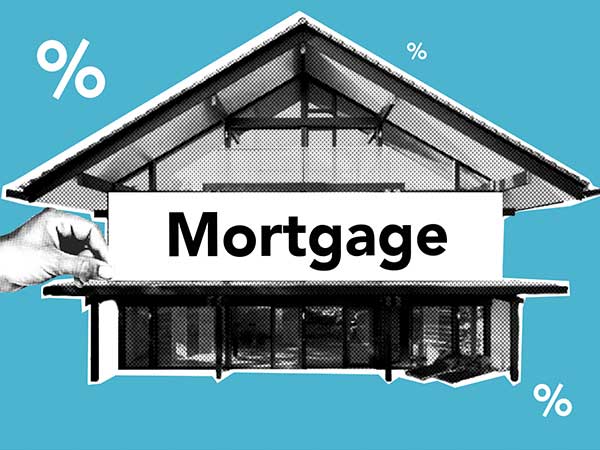in Chatsworth, Grey Highlands, Southgate, West Grey
February 02, 2023

The Bank of Canada continues to aggressively hike interest rates to battle post pandemic inflation. This has affected the real estate market in two ways.
Let’s take a look at the first scenario, because numbers are much easier to quantify than the human psyche. Let's use a scenario of an individual looking to purchase a condo in the Toronto market. Here are some assumptions:
Before the rate increases, the buyer would have to qualify at the greater level of the contract rate plus 2% (5.25%). Mid-March, the 5-year fixed rate on an insured mortgage was hovering around 3% and the variable discount at Prime being 1%, with the Prime rate sitting at 2.7%.
Under this scenario, the buyer would qualify for a $500,000 purchase price with a $450,000 mortgage and monthly payments of $2,134.
Let’s fast-forward to today. 5-year fixed rates are hovering around 5%, variable rate Prime is 0.9% and the Prime rate is at 6.45%. This means that the buyer will have to qualify at a minimum of a 7% interest level.
Under this scenario, the buyer would qualify for $430,000 maximum purchase price and a $390,000 mortgage with a monthly payment of $2,280.
At a $430,000 purchase price, this buyer is effectively now priced out of the market. The 1.75% increase in the qualifying rate has lowered this borrower’s purchase power by $70,000.
So that’s the real effect that the interest rate hikes have had on the market. They have significantly reduced loan amounts as well as a borrowers' ability to qualify.
The other effect the interest rate hikes have caused is harder to measure. Housing in Canada has become commoditized. As a result, houses are bought and sold as profit centres. Currently high rates, longer days on market and high carrying costs have created some panic in the real estate market. Sellers, when possible, are holding off on listing until they think they can get top dollar. We see this stagnation in the stock market when confidence is low. Although this metric is hard to measure, the result is tangible and obvious to all of us that work in the real estate market.
Once the inflation rate (currently 6.8% as of November) starts to decline more steadily, we should see the Bank of Canada begin to ease up on the overnight rate. At that point, borrowers will be able to borrow more, housing prices will again start to rise and confidence will return to the market. The new normal will look a lot like the old normal, in time.
At South Grey News, we endeavour to bring you truthful and factual, up-to-date local community news in a quick and easy-to-digest format that’s free of political bias. We believe this service is more important today than ever before, as social media has given rise to misinformation, largely unchecked by big corporations who put profits ahead of their responsibilities.
South Grey News does not have the resources of a big corporation. We are a small, locally owned-and-operated organization. Research, analysis and physical attendance at public meetings and community events requires considerable effort. But contributions from readers and advertisers, however big or small, go a long way to helping us deliver positive, open and honest journalism for this community.
Please consider supporting South Grey News with a donation in lieu of a subscription fee and let us know that our efforts are appreciated. Thank you.